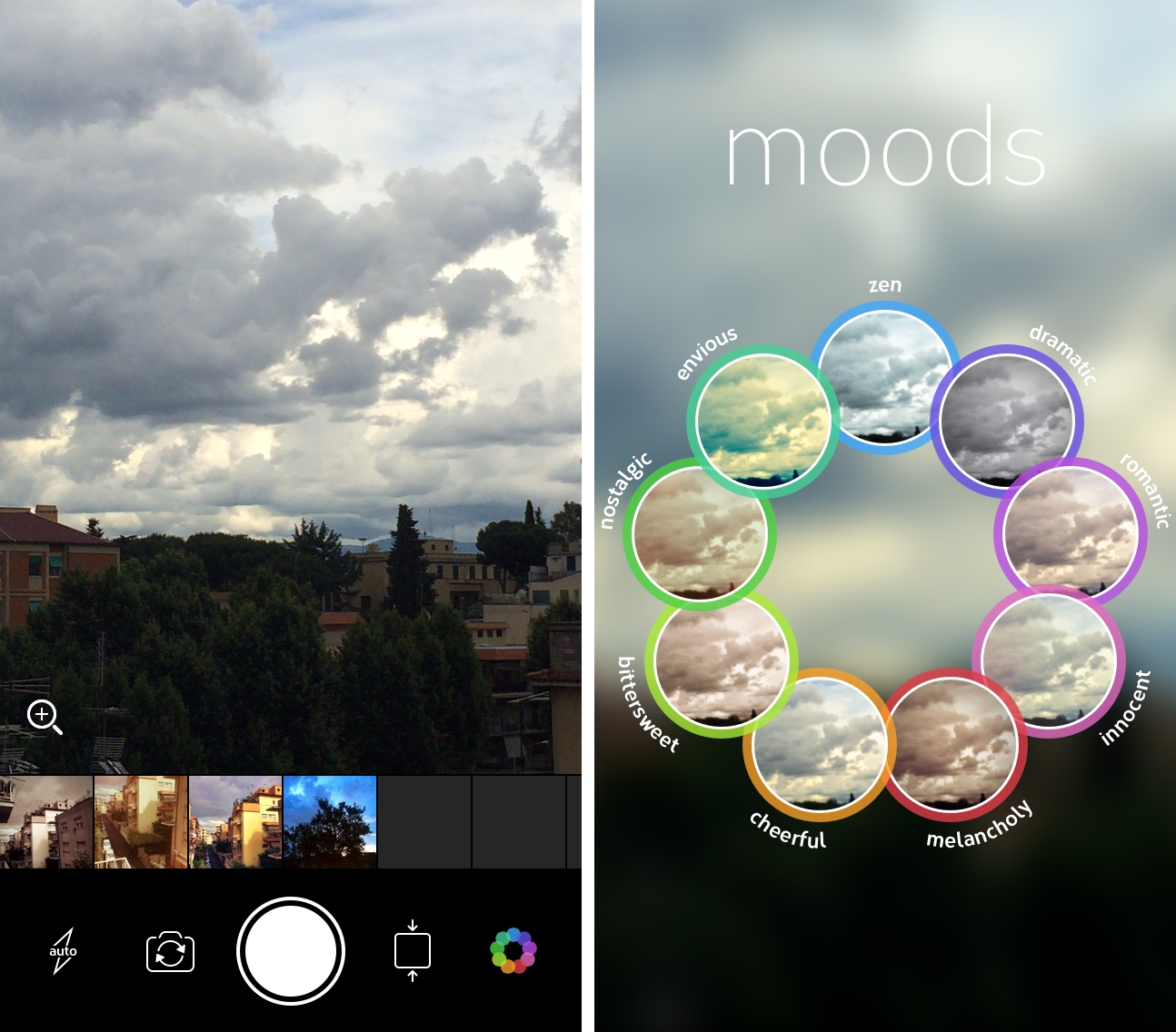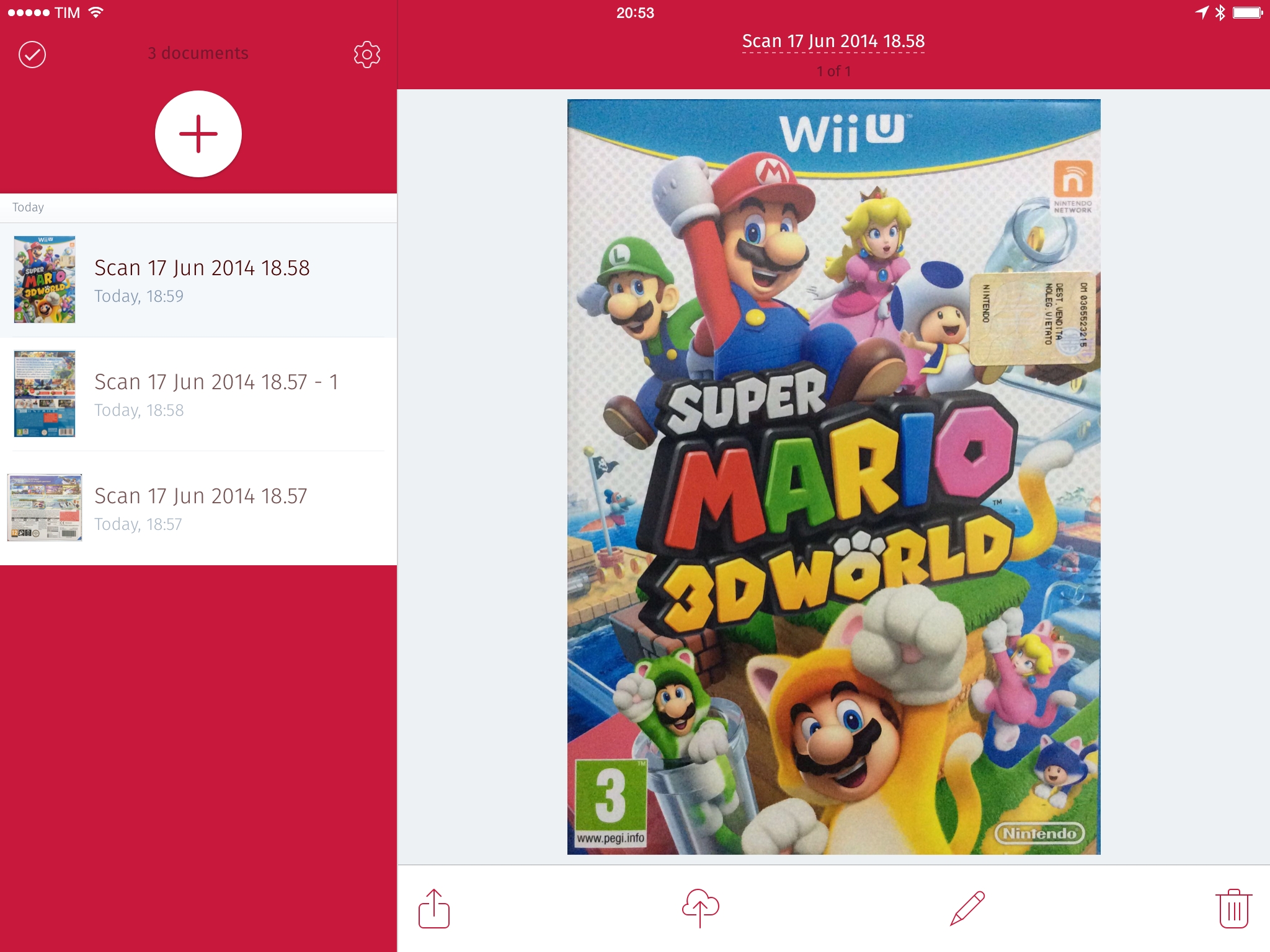Today, Facebook has launched Slingshot, a new messaging app that mixes ephemeral photos with “pay to play” mechanics. Like Snapchat, photos you share with your friends disappear after you close them, but there’s a catch: you can only view messages shared with you if you send a photo (or video) back. If you don’t share, you won’t “unlock” messages, which will accumulate in the app showing a numeric count and a pixelated preview.
Slingshot was developed by Facebook Creative Labs, the same team behind Paper. From their announcement:
With Slingshot, we wanted to build something where everybody is a creator and nobody is just a spectator. When everyone participates, there’s less pressure, more creativity and even the little things in life can turn into awesome shared experiences. This is what Slingshot is all about.
The Slingshot team mentions Snapchat but notes that they wanted to do “something new and different” with shortcuts to share with all your contacts at once:
We’ve enjoyed using Snapchat to send each other ephemeral messages and expect there to be a variety of apps that explore this new way of sharing. With Slingshot, we saw an opportunity to create something new and different: a space where you can share everyday moments with lots of people at once.
In his overview at TechCrunch, Josh Constine highlights the fact that Slingshot could be seen as a gimmick or an advantage over established messaging apps:
The reply-to-unlock mechanic could create the right incentive to share back, feeding on our natural curiosity. It’s gamified sharing. The satisfaction of revealing hidden content could be enough to entice people to find something worth capturing. Perfect pics could end up on Facebook and Instagram, especially intimate ones could go to Snapchat, and Slingshot could pull in our day-to-day moments
Alternatively, reply-to-unlock could be seen as an annoying gimmick, introducing too much friction. Why make a friend work for your photo when you could just text them? The chore could leave Slingshot wasting away in some folder on your screen.
Over at The Verge, Ellis Hamburger reviews Slingshot, with a focus on notifications and sharing options:
But because you have to respond to a shot before you can see it, these notifications act as nags instead of notifiers. If you tap on a new notification, “Shot from Adam,” you won’t be able to view it — until you send a shot of what you’re doing back to Adam. Thus, shots feel less urgent than messages, since there’s no expectation that you’ll be able to open them immediately. The app feels far more like a News Feed with push notifications than anything else — except this News Feed requires you to share a post before you can view it, so there’s its no place for lurkers.
Slingshot is free on the App Store, and requires your phone number to sign up.






